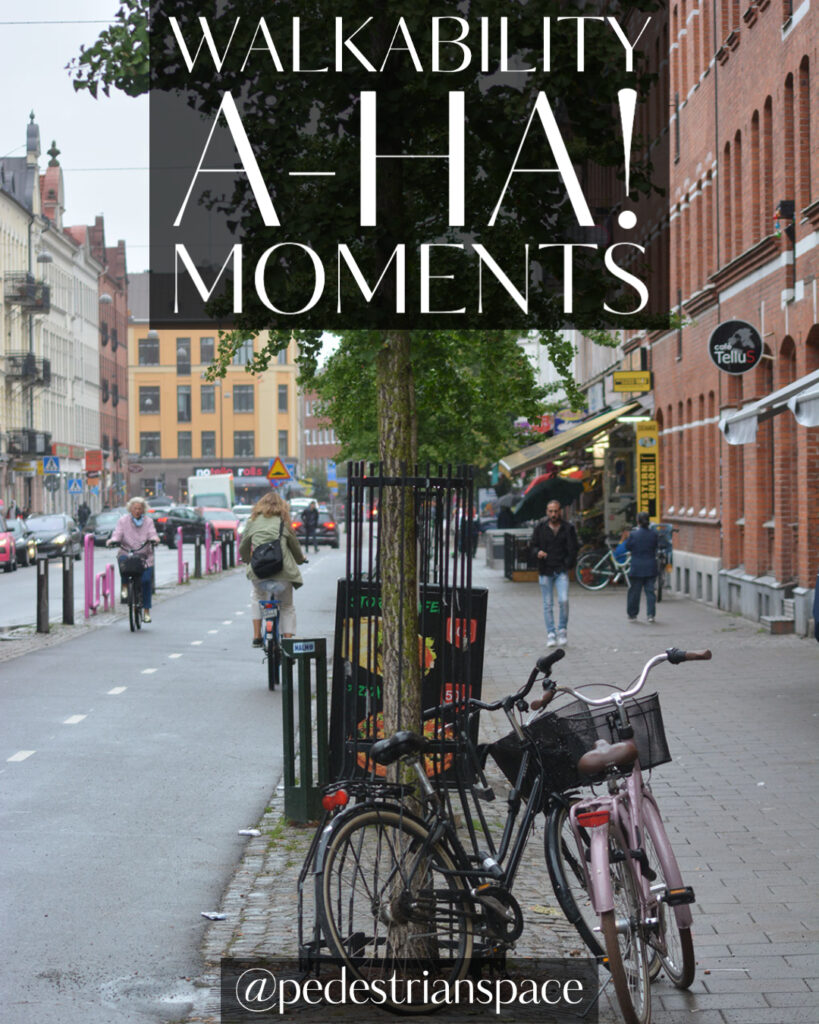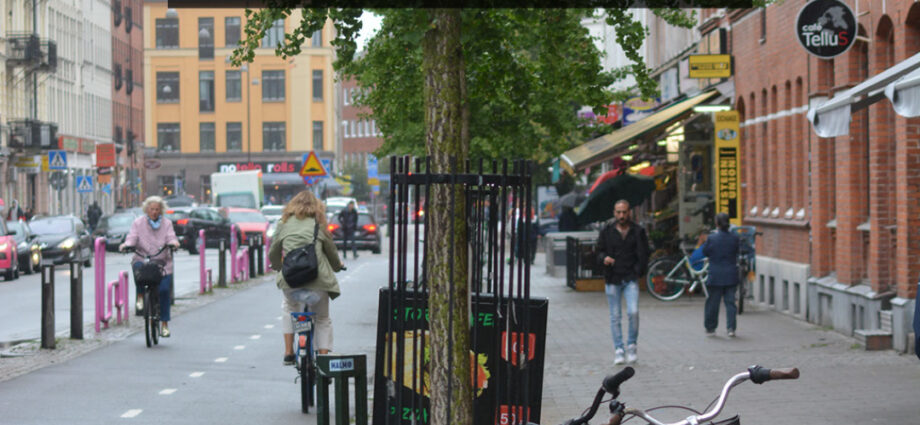I have shared these anecdotal bits probably over a dozen times but enjoy periodically sharing how the understanding of walkability developed as a holistic process through chapters of my life.
I have a professional and academic interest in issues of urbanism but my interest in walkability is, at root, connected to life experience and the understanding of how a truly walkable community and lifestyle can have a significant impact on quality of life.
The seeds of understanding walkability began for me in Malmö over family summer vacations throughout my youth. We would leave our car-dependent lifestyle in southern California and spend a few weeks with family in the southern Swedish city of Malmö, often spending many of our days moving by foot and public transit.
Years later, in my early 20’s and freshly graduated with my BA in Psychology, I moved to an urban area in the Pacific Northwest and for the first time in my life experienced walkable urbanism as a lifestyle.
I wasn’t aware of walkability as a concept then, but I knew that I loved being able to move around the city by foot and public transit. I quietly thrilled at being able to take the bus and walk to work and also that public transit also was not as socially stigmatized as other places I’d lived).
Since then, I’ve lived in many more cities and regions- sometimes being completely or partially car-dependent and other times, having the liberty to move by foot as my primary mode of mobility.
The liberty.
Pedestrian Space was established while my family and I were living in Örebro– a nice, ordinary city with loads of examples of best practices for walkable urbanism.
I also view it as a textbook example of a 15-minute city &
and truly thrived in a lifestyle in which I could walk everywhere I needed to go within 5-15 minutes- my kids’ preschool, multiple grocery stores, the health clinic and hospital, shopping areas, multiple parks and playgrounds and other services.
This city also had an efficient bus system connecting up the suburbs – an important issue of spatial equity and transit. Public transit is a vital dimension of a truly walkable city, also considering that not all can (or want to) walk or cycle all the time.
Also, importantly, those suburbs are typically also walkable and have local amenities as well.
The city also has municipal van door-to-door services for those for whom even getting to public transit is very difficult. I believe you need to sign up and show proof of need for such services and the ride costs equivalent to a public transit commute.
Being able to walk (including rolling and using PT) as a primary mode of mobility is a foundational element for sustainable urbanism and on a personal level, so transformative for quality of day-to-day life.
Do you have walkability ‘A-ha’ moments?
-Annika


